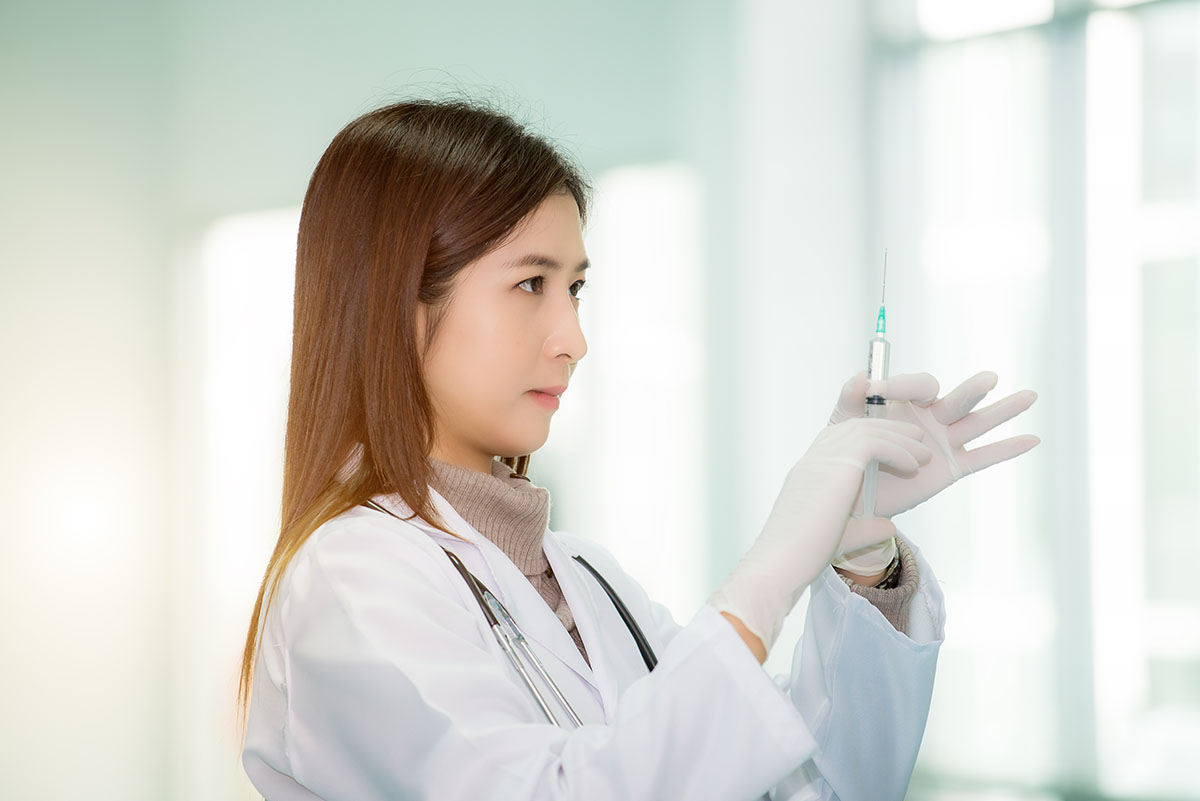Testosterone therapy, often abbreviated as TRT, is a medical treatment aimed at addressing low testosterone levels in individuals, primarily men. This therapy can significantly enhance quality of life through various benefits.
What is Testosterone Therapy?
Testosterone therapy involves the supplementation of testosterone, a key male hormone, through injections, gels, or patches. This treatment is typically prescribed for men diagnosed with hypogonadism, a condition where the body fails to produce enough hormones due to issues with the testes or pituitary gland.
Benefits of Testosterone Therapy
The primary benefits of testosterone therapy include improved sexual function, a boost in energy levels, and enhanced mood. Patients often report a significant improvement in their overall well-being and physical health.
Common Misconceptions
There are several misconceptions surrounding testosterone therapy. Many believe it can cause unwarranted aggression or is solely used for enhancing athletic performance. However, when administered under proper medical supervision, TRT is safe and focused on treating medical conditions related to hormone deficiency.
Testosterone Injections
Testosterone injections are a form of hormone therapy used to treat low testosterone levels in men. This method involves the direct administration of testosterone into the body through intramuscular injections.
How Testosterone Injections Work
Testosterone injections work by providing a direct dose of testosterone into the bloodstream, which can quickly elevate the levels of this hormone. Typically, these injections are administered every two to four weeks, depending on the individual’s health status and the doctor’s prescription.
Advantages of Testosterone Injections
- Immediate effect: The direct administration allows for a rapid increase in testosterone levels.
- Controlled dosage: Each injection provides a precise dose, which can be adjusted based on the patient’s needs.
- Cost-effective: Generally, injections are less expensive than other forms of testosterone therapy.
Potential Side Effects
While testosterone injections can be highly effective, they also come with potential side effects. These may include:
- Pain or swelling at the injection site
- Increased red blood cell count
- Mood swings or increased aggression
- Potential for long-term cardiovascular issues
Testosterone Gels
Application of Testosterone Gels
Testosterone gels are applied directly to the skin, typically on the shoulders, upper arms, or abdomen. The gel should be applied at the same time each day to maintain consistent testosterone levels. It’s important to allow the gel to dry completely and to wash hands thoroughly after application to prevent accidental transfer to others.
Benefits of Using Gels
- Ease of use: Gels are simple to apply and don’t require needles or injections.
- Steady absorption: They provide a more consistent absorption rate, which can lead to more stable testosterone levels compared to injections.
- Less invasive: Gels are a less invasive option compared to injections, making them a preferred choice for those who are needle-sensitive.
Considerations and Risks
- Skin irritation: Some users may experience redness, itching, or other skin irritations at the application site.
- Risk of transfer: There is a risk of transferring testosterone to others through skin contact, which can be harmful, especially to women and children.
- Weather sensitivity: Extreme temperatures can affect the absorption of the gel, potentially altering its effectiveness.
Testosterone Patches
Testosterone patches are a convenient and effective method for managing low testosterone levels. These patches are applied directly to the skin, allowing for the gradual release of testosterone into the bloodstream over a 24-hour period.
How to Use Testosterone Patches
- Clean and dry the area of skin where the patch will be applied, usually the back, abdomen, upper arms, or thighs.
- Apply the patch to a different area each day to prevent skin irritation.
- Ensure the patch stays secure, especially during activities like bathing or swimming.
Advantages Over Other Forms
Testosterone patches offer several advantages, including steady testosterone levels and minimal daily maintenance. Unlike injections, which can cause peaks and troughs in hormone levels, patches provide a more consistent hormone level, enhancing overall mood and energy levels.
Possible Skin Reactions
While generally safe, testosterone patches can cause skin reactions in some individuals. These reactions may include redness, itching, or blistering at the application site. If severe skin reactions occur, it is advisable to consult with a healthcare provider for alternative treatments.
Comparing Efficacy and Safety
Effectiveness of Each Treatment Option
When comparing the effectiveness of testosterone injections, gels, and patches, it is crucial to consider individual patient needs and medical histories. Injections offer a quick elevation in testosterone levels, while gels provide a more gradual increase. Patches maintain a consistent level throughout the day, which can be beneficial for those seeking stable hormone levels.
Safety Profiles
Each method of testosterone therapy comes with its own set of safety considerations. Injections can cause fluctuations in mood and energy levels due to the peaks and troughs in hormone levels. Gels must be carefully applied to avoid transfer to others, and patches can cause skin irritation in some users.
Choosing the Right Option for You
Selecting the right testosterone therapy involves weighing the benefits and risks of each option. Factors to consider include:
- Lifestyle: The ease of incorporating the therapy into daily routines.
- Medical history: Any pre-existing conditions that might interact with the treatment.
- Preference for administration: Whether an individual prefers injections, topical applications, or patches.
- Desired speed of results: How quickly an individual wants to see changes can influence the choice of therapy.
Consulting with a healthcare provider is essential to make an informed decision that aligns with one’s health goals and lifestyle.
Lifestyle and Testosterone Levels
Impact of Lifestyle on Testosterone
The lifestyle choices a person makes can significantly impact their testosterone levels. Factors such as diet, exercise, sleep, and stress management play crucial roles. For instance, a diet rich in proteins, fats, and carbohydrates can help maintain healthy levels, while regular physical activity boosts testosterone production. Adequate sleep and stress reduction are also vital, as poor sleep and high stress can decrease testosterone levels.
Natural Ways to Boost Testosterone
There are several natural methods to enhance testosterone levels. These include:
- Engaging in weight lifting and high-intensity interval training
- Including more zinc and vitamin D in the diet
- Reducing sugar intake and maintaining a healthy weight
- Managing stress through mindfulness or yoga
These lifestyle adjustments can help individuals maintain optimal hormone levels without the need for medical intervention.
When to Consider Therapy
Testosterone therapy should be considered when lifestyle changes do not suffice to correct low testosterone levels. Symptoms of low testosterone might include fatigue, decreased libido, and mood changes. Consulting with a healthcare provider, such as those at Men’s Revival, which specializes in testosterone replacement therapy, is advisable to discuss symptoms and treatment options. Customized treatment plans can make this process more effective and tailored to individual needs.



